The Best ARAM Team Composition to Aim For
With recent ARAM Clash and patch changes, you might be wondering if there's a strategy to it all!
With recent ARAM Clash and patch changes, you might be wondering if there's a strategy to it all!
Whether you’re looking for a new hobby and can’t get over League of Legends but know you’ve got to take a step back from the League of Legends fiesta that is solo queue, or you’re looking for a new adventure to embark on with friends, ARAM has got you covered.
Despite it being a featured game mode for the better part of a decade now, there are many players that are only beginning to consider this game mode as something worth trying in. After all, what’s the value in trying hard in a game mode that you can’t even pick what Champion you’re going to play?
Well, despite this idea, the ‘R’ in ARAM is what makes this game mode unique and always leaves us wanting to queue up for another. So let’s look at some tips and tricks that you can use to “draft” a decent and consistent team composition to finally call it a night and end on a win!
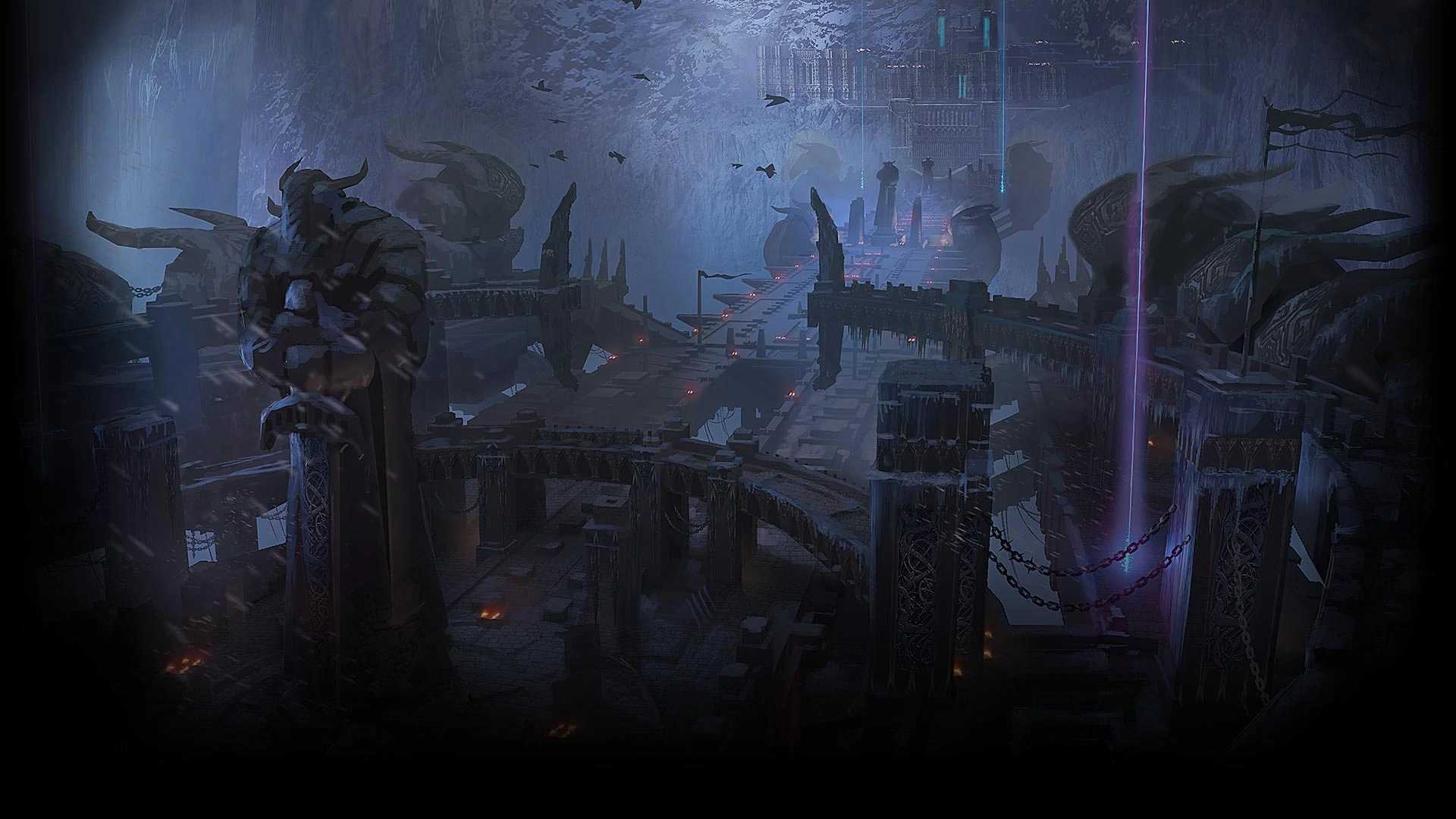
Without stating the obvious, there are quite a few differences between Summoner’s Rift and ARAM that we need to highlight to understand the foundations for building a ‘dream team’ for your next adventure on Howling Abyss.
First, every Champion starts the game at level 3. While this may not seem like a lot, it means the Champions with bad early games cannot be punished as hard because they have access to their full arsenal of non-ultimate abilities right from the start. This also means some action-packed first few minutes!
Additionally, from the start of the game, all Champions have 70 Summoner Spell Haste, restore an additional 0.15% of their maximum mana per second, and deal 15% less damage to Champions that are 1000+ units away (unless it’s from an ultimate ability or a damage-over-time ability). This means that Champions that rely on their Summoner Spells to make big game plays have access to these tools more often, and ranged Champions are slightly nerfed overall. Since melee Champions in this game mode are at an obvious disadvantage to these long-range abilities, they also start with an additional 10 magic resistance.
The final Champion change, aside from each individual Champion having specific tweaks for the game mode, is that all outgoing heals are cut in half! This means Soraka needs to use her W twice to get the same benefit she would when using it only once on Summoner’s Rift!
With the Champion changes out of the way, we have to touch on the fact that ARAM operates on a kind of feast-or-famine mentality where you either kill or get killed. Dying is the only way to get back to base and buy more items, so it’s critical to know exactly when to die! This means you cannot Recall, and the only way to heal aside from an ability or your base health regeneration, is to go to a Health Relic that spawns along the bottom side of the bridge.
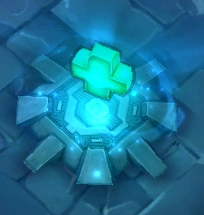
There are several other changes to minions and towers and structures, but the only notable one is that Champions deal bonus damage to structures after the 18 minute mark of the game!
Nearly half of the runes have slight tweaks in this game mode or simply don’t exist so keep an eye out for what changes you might need to make for your Champion!
In terms of items, there are only a handful of item tweaks which mainly surround the Tear of the Goddess and what it builds into, Warmog’s Armor healing less, and removing Dark Seal/Mejai’s Soulstealer and Guardian Angel from the Shop.
Instead, you gain ARAM-exclusive items and Summoner Spells such as the Guardian’s Blade, Guardian’s Hammer, Guardian’s Orb, Guardian Horn, Clarity and Mark/Dash!

With all of these differences out of the way, let’s break down what this means for a winning composition.
When it comes to ARAM, there’s one thing that remains consistent, the map. It’s part of the name, so you should use it to your advantage. Everyone is in one lane. So, when you think back to Summoner’s Rift, what team compositions win when everyone is grouped mid? The better teamfight.
It’s worth noting that right now, there are 162 Champions and you’re only given five to start. With 1-2 rerolls in Champion Select, you can take your pick of the litter between 10-15 Champions which doesn’t even cover 10% of the available roster. Despite this, the spread of Champions and their classes is balanced enough that the odds are astronomically low that you wouldn’t be able to get the majority of the following requirements to draft a winning theme, and a winning team!
While it’s more complicated than that, this is what the game boils down to and needs to be stated. The better teamfighting team will generally have a leg up on the enemy in ARAM. You’re in close quarters and you’ve got nowhere to run. This means the most important thing to have is engage.
Having the choice to start that fight on your team’s terms is a dealbreaker and can easily swing the game in your favour. Although you can’t exactly decide which Champions to play, with the option to re-roll Champions in Champion Select, there’s a good chance your team can round up a Champion with a solid form of engage. Take it!
The best examples of Champions that fit this mold are: Neeko, Rakan, Hecarim, Jarvan IV, Wukong, Amumu, Leona, Malphite, Rell, Sejuani, and Zac.

With this in mind, an ideal Champion to have on your team is one with disengage! This synergizes extremely well with the theme of engage wins because your Champion with disengage can prevent the enemy from engaging on their terms, and then use your form of engage when the opportunity is right for you! Unfortunately, there are fewer Champions with such significant forms of disengage that there’s a decent chance you won’t be able to have one on your team consistently. But, if it’s there, take it!
The best examples of Champions that fit this category are: Bard, Alistar, Gragas, Braum, Poppy, Taric Tahm Kench, Galio, Morgana, Janna and Karma.
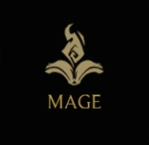
Next, let’s consider damage. Just like any Summoner’s Rift team composition, you want a good mix of damage. The benefit of ARAM is that the game moves at a faster pace and Champions scale quicker. This means that you’ll want to pick up both a scaling AD Champion and a scaling AP Champion. A common misconception for this is that they need to be ranged. While having a range advantage can prove valuable, a solid late-game hypercarry threat like a Gwen or Fiora can also do the trick!
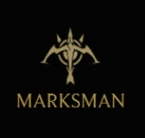
There are honestly too many to list that fit this category, so you can pretty much look at any Champion that doesn’t fit any of the other categories!
Finally, you’ll need a tank. Again, ideally the first two Champions with engage and disengage will be tanky, that’s not always the case and of course we ‘deal with what we are dealt’ (hence the term).
Some examples of Champions that fit this duty include: Nunu, Ornn, Nautilus, Sion, K’Sante, Shen, and Galio.
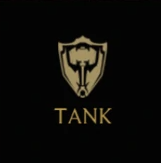
In the end, you should find that you have two hyper-scaling damage threats, a tanky Champion to soak up and/or dive and distract the enemies, a Champion with a great engaging ability, and a Champion with some forms of disengage or peel to prevent the enemies from capitalizing on some bad positioning or timing!
When all is said and done, you should be finding you can scrape together a team that resembles something like a strong teamfighting composition on Summoner’s Rift. Here are some examples that have come up recently in my own games:
Swain, Nautilus, Miss Fortune, Maokai, and Morgana
Hecarim, Orianna, Samira, Renata Glasc, and Nasus
Karthus, Ornn, Jinx, Taric, and Leona
In three games, these were the three team compositions drafted and we won each game. It’s not to say that draft is everything and without a team composition that teamfights exceptionally well the game mode is not worth playing. It’s simply suggesting something to look for and consider if you want to try a bit harder in your games and work on some transferable skills that can still provide some value on Summoner’s Rift!
With coordination and a positive attitude, anything the RNGods throw your way is winnable. Just be creative and work together!